Below is a partial list of interesting projects for which I’ve led or significantly contributed to development, in reverse chronological order. See the “About” page for more details and my full CV.

Problemsolver (research post): This project creates a robust pipeline for validating, tuning, and testing nonconvex optimization methods generated by a Large Language Model. About 15% of the bio-inspired optimization methods we generated advanced the pareto frontier of optimizer performance. Read more in the research blog. (2025)

Gigglebot: iOS app for super-fast image generation in your text messages. Gigglebot is an image generator which lives inside iMessages, and makes it easy to show your friends exactly what you’re thinking. I was the solo founder and full-stack developer, and put a lot of effort into making this blazing fast, secure, and scalable. This was my first iOS app and first company. Check out the website or download it on the App Store. (2025)

EnergyOpt: This web tool demonstrates combined optimization of battery sizing and dispatch. The heart of this work is an optimization architecture which supports both online optimization, and high-performance multi-year optimization. The web UI uses Python Panel to flexibly handle many scenarios and dynamic component generation. Try it out (allow up to 30s for worker to warm up) (2025)

CityScaper: To combat misinformation around San Francisco’s city-wide rezoning, I and my hackathon team developed a modeling pipeline which runs a lot-level economic model of housing development over time, uses BlenderPy to generate a 3-D building model which meets zoning code and design standards, and renders the buildings using a KMZ in Google Earth. It’s pretty fun to drive around the future city! Check out the blog post, or go to Cityscaper.org to see how SF might look in the future (2025)
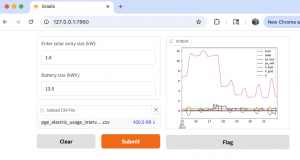
BatteryOptimizer-Web: An open-source codebase for basic battery optimization, with an emphasis on unlocking the use of WebAssembly (via CLP-WASM) to run low-latency battery optimizers in-browser for scalable residential solar quoting. This is an open-source precursor to EnergyOpt. A fork of this won second place in the 2025 SF ClimateWeek hackathon. See the repository on Github (2025)

TurfCutter: This tool developed for the Harris-Walz 2024 campaign was used to dispatch 45 volunteers to knock on 1700 doors in Berks County PA to track down absentee ballots which hadn’t been received. This used a variety of clustering algorithms and mapping tools, with the user-facing tools being a Google Maps KML and custom-formatted Excel files for printing. These were some of the most personally rewarding late nights I’ve spent coding. See the repository on Github.
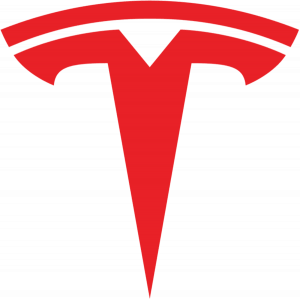
Tesla: From 2023-2025 I worked on the Autobidder and Opticaster teams at Tesla, under the Energy Optimization (eOpt) organization. My work focused on electricity price forecasting, and on optimal control of large Virtual Power Plant fleets. (2023-2025)

Clean Up The City: This web app was developed in Elixir with Devon Proctor to support neighborhood cleanups in San Francisco. The data model tracked volunteer attendance, tracked prize eligibility, and tracked prize redemption, with both a styled consumer UI and an event management interface accessible to lead volunteers. Sign up for a cleanup here or check out a sample of the end-user UI (2023)
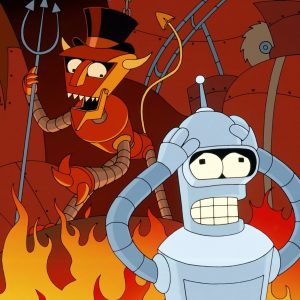
AI-rotica: An attempt to improve narrative storytelling in AI models by training them on a large corpus of fiction with relatively simple character development and plot complexity… e.g. fan fiction. My first foray into fine-tuning language models. The results were not quite good enough for a podcast, but still make us chuckle. (private repo). (2023)

Teza Technologies: From 2018-2023 I worked as a Quantitative Portfolio Manager at Teza Technologies, a purely-algorithmic quantitative hedge fund with a high-frequency background described in “Flash Boys“. My portfolio was one of the largest and best-performing at the firm during my time there. My research focused on multivariate timeseries forecasting, particularly for energy commodities. I also started a green commodities portfolio, trading carbon allowance futures. (2018-2023)

eCalCharge: NSF Innovation Corps team to commercialize research by my labmate Caroline LeFloch at our eCal graduate lab. My involvement was focused on market validation and customer discovery. Brief summary on FS6 (2017)

SwitchSkis: My own design of an interchangeable ski binding mounting system, allowing me to quickly switch between alpine and backcountry bindings on a single pair of skis. I did all the design, machining, testing, and set up a Shopify storefront with custom checkout to take pre-orders. I killed the idea as I couldn’t confirm that the volume would support a full-time business. (website defunct) (2016)

pyISO: I was one of the main contributors for the CAISO nodal LMP data component of the pyISO open-source electricity data project, developed by WattTime. My introduction to scalable production data munging. Open-source Github repository (no longer maintained) (2014-2016)

Cybersecurity in Distributed Optimization (paper): Inspired by the federated learning discussions which came out of my Devcon3 talk, I developed a paper around understanding and assessing attacks from untrustworthy nodes in decentralized optimization. Arxiv paper, research blog post, and subsequent blog post on trustless federated learning (2018)

Decentralized Optimization with Blockchains: This content, delivered at the Ethereum Developer’s Conference (Devcon3), demonstrates how to implement a trustless optimization algorithm using smart contracts written in Solidity on the Ethereum blockchain, and the Alternating Direction Method of Multipliers (ADMM) decentralized optimization technique. Research blog post, Github repository(2017)
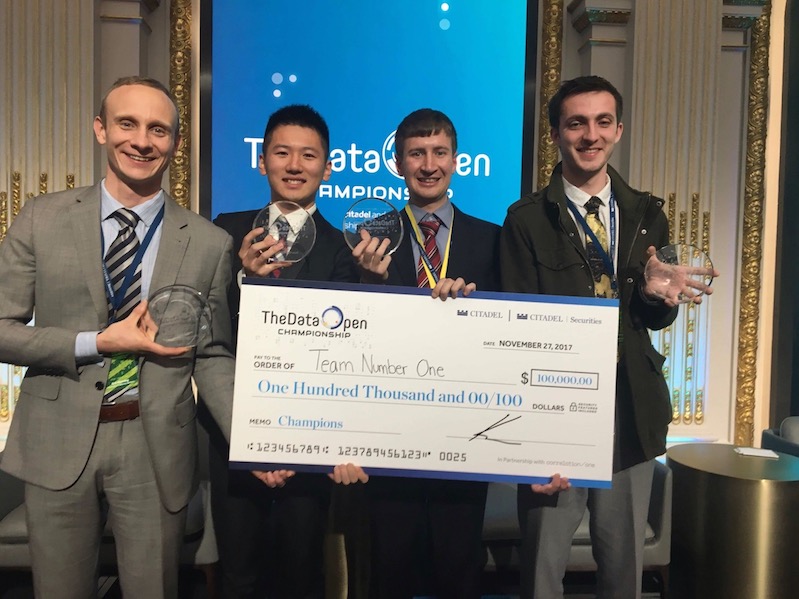
Data Open Championship Hackathon Winners: I had the delight of working on an incredible Berkeley team which won the inaugural Data Open Championship, a global competition for data science sponsored by Citadel Securities. Our research examined survivorship bias in charter schools, and netted us a $100k check. Blog post (2017)

Blockchains for Decentralized optimization of Microgrids (paper): The most-cited paper from my grad work, this work took a very unique perspective on how to coordinate distributed energy resources in a microgrid: by replacing a centralized utility with a trustless blockchain. This work won second place in the Wanxiang Global Block Chain Challenge. Blog post, Research Paper (2017)
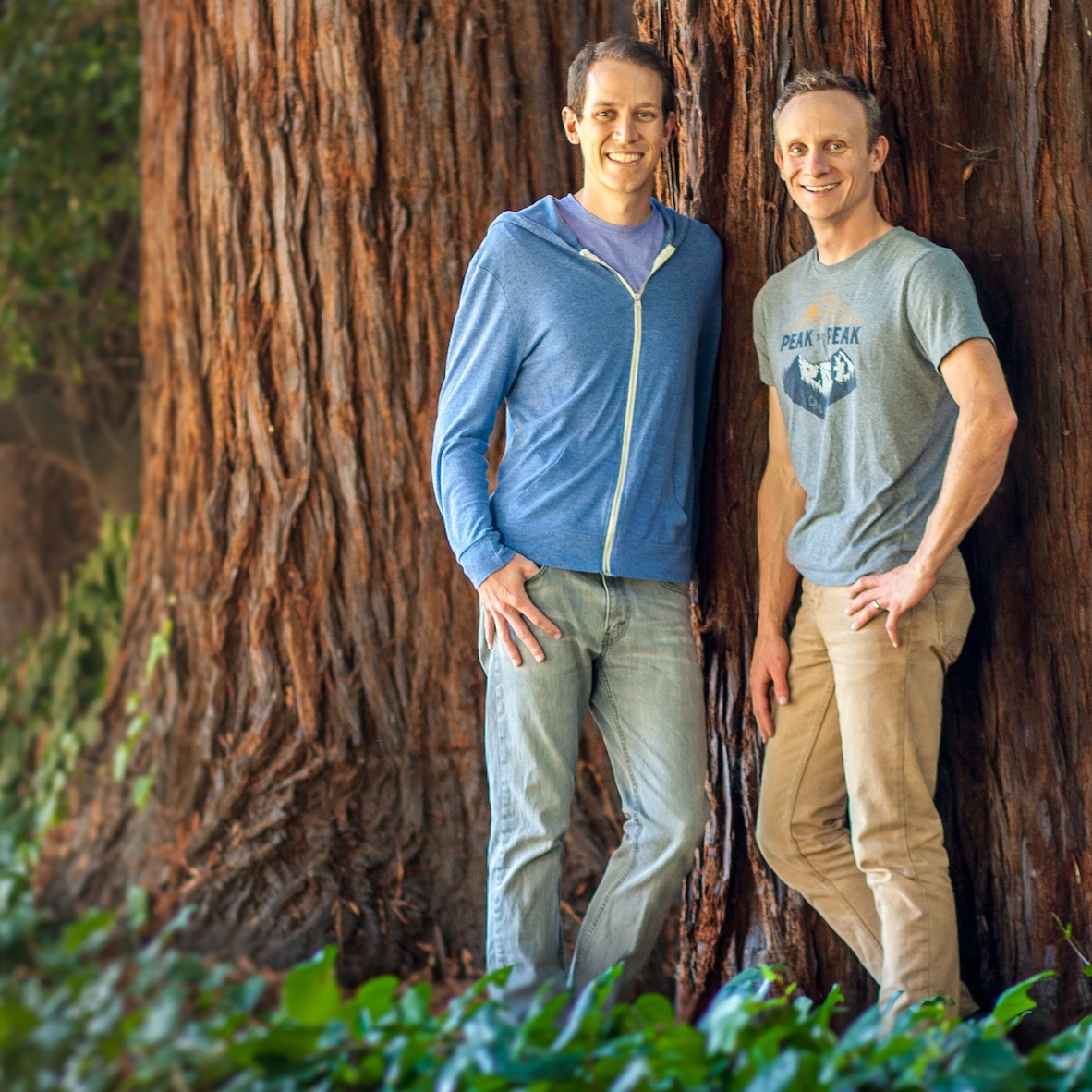
MyCarbonOffsetter: My first full-stack web app, using Flask, SQLAlchemy to allow users to log in to Tripit via OAuth and let us compute and automatically offset the carbon footprint of their air travel. A number of market challenges meant that this never took off, but it was a good learning experience. Deployed on Heroku. Defunct. (2014-2016)

Build Your Own Blockchain (a tutorial): My most-cited blog post, a DIY in Python. Code here. (2017)

Optimal component sizing in a two-reservoir passive energy harvesting system (paper): An approach to run optimal sizing of a power-constrained battery and a capacity-constrained capacitor in a MEMS device. The problem is a complementarity problem, and so we used Particle Swarm Optimization to optimize the sizing. Research Paper and github repository. (2016)

Optimal Sizing and Siting of Transmission-scale energy storage systems (paper): To understand the profits and capacity which would be prompted by the CPUC electricity storage mandate, I simulated storage profits at all nodes on the CAISO network for multiple years, including optimal sizing. The use of a warm-start linear programming technique made this large-scale study possible. Research Paper (original draft 2014, 2016 version linked)

ElectricityMapper: This web app allowed dynamic visualization of electricity prices across the CAISO grid, supporting research on renewable energy integration and grid security. The app was deployed on Google App Engine and used Leaflet.js and d3.js. Package versioning and changes to the source API have since broken it; this was the days before Docker. Github repository. (2014)

Life Cycle Assessment Consulting at Thinkstep/Sphera: I led projects for Fortune 100 electronics companies who wanted to understand the environmental impact of their products. I became of the firm’s technical leads, and managed teams spread across the US, Europe, and Asia. (2008-2013)

Product Design Portfolio: I led a student design lab in college, started the school’s Human Powered Vehicle team, and spearheaded design teams participating in national and regional product design competitions. Some artifacts of that era are on Coroflot. (2004-2010)